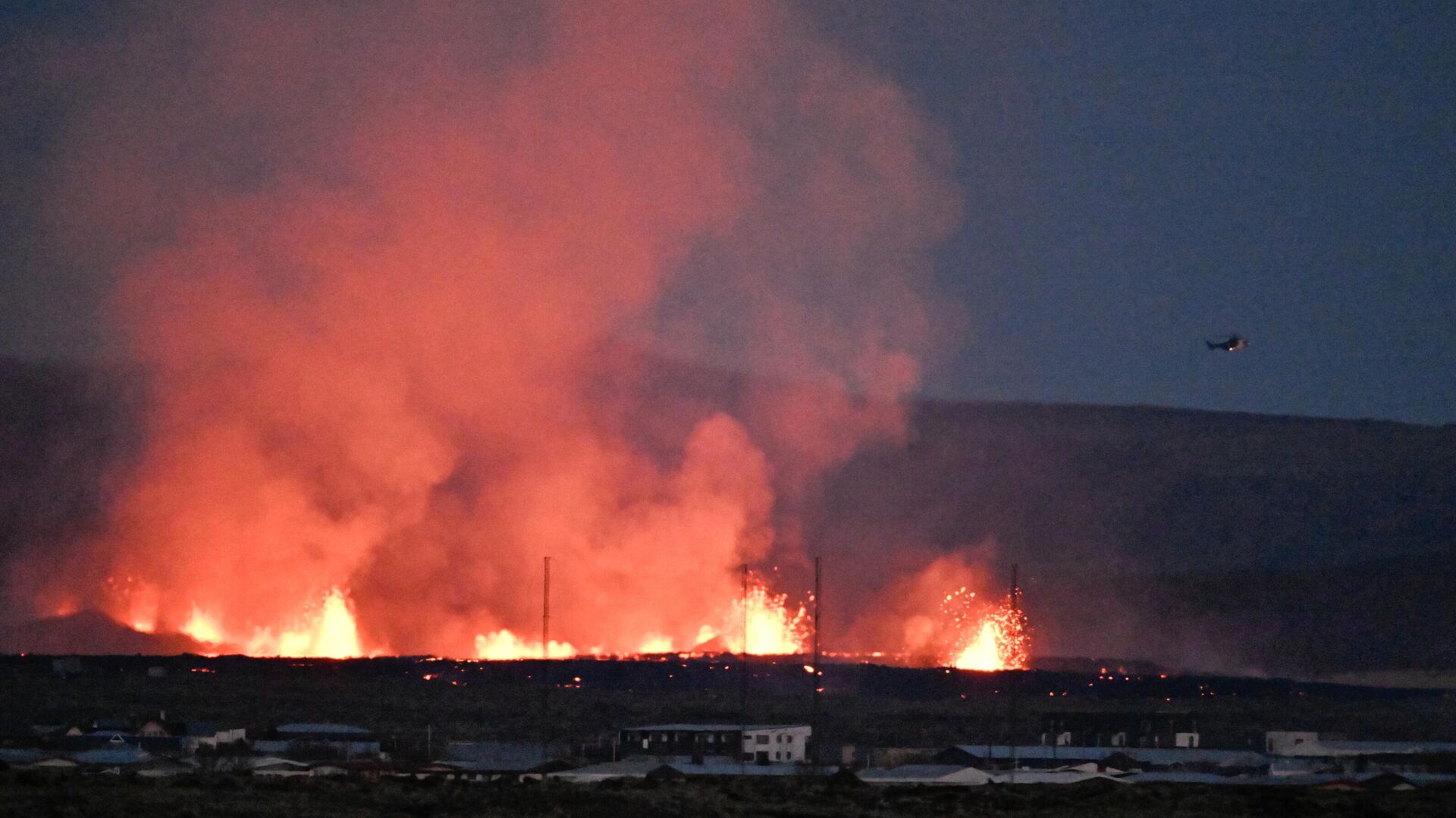
< br />
MOSCOW, January 16, Vladislav Strekopytov. This is the second volcanic eruption in a month on the Reykjanes Peninsula. The authorities evacuated the entire village. Read about the reasons for the increase in seismic and volcanic activity in the region and how dangerous it is.
At the Plate Boundary
The island of Iceland is one of the most geologically active places in the world. Over the past hundred years, more than 40 eruptions have occurred here, and small and medium-sized earthquakes are recorded daily. The fact is that the Mid-Atlantic Ridge passes through here, separating the North American and Eurasian lithospheric plates.
Under the influence of convective flows in the mantle, these plates move apart at a speed of about 2.5 centimeters per year. A rift zone has formed in the center of the ridge — a diverging deep fault along which hot mantle material rises to the base of the lithosphere. There the rocks melt, forming huge pockets of basaltic magma.
In the southwest of Iceland, on the Reykjanes Peninsula, the Mid-Atlantic Rift comes onto land. The earth's crust here is very thin, and any tectonic movements create cracks, which are immediately filled with basaltic melt. When it reaches the surface, an eruption occurs.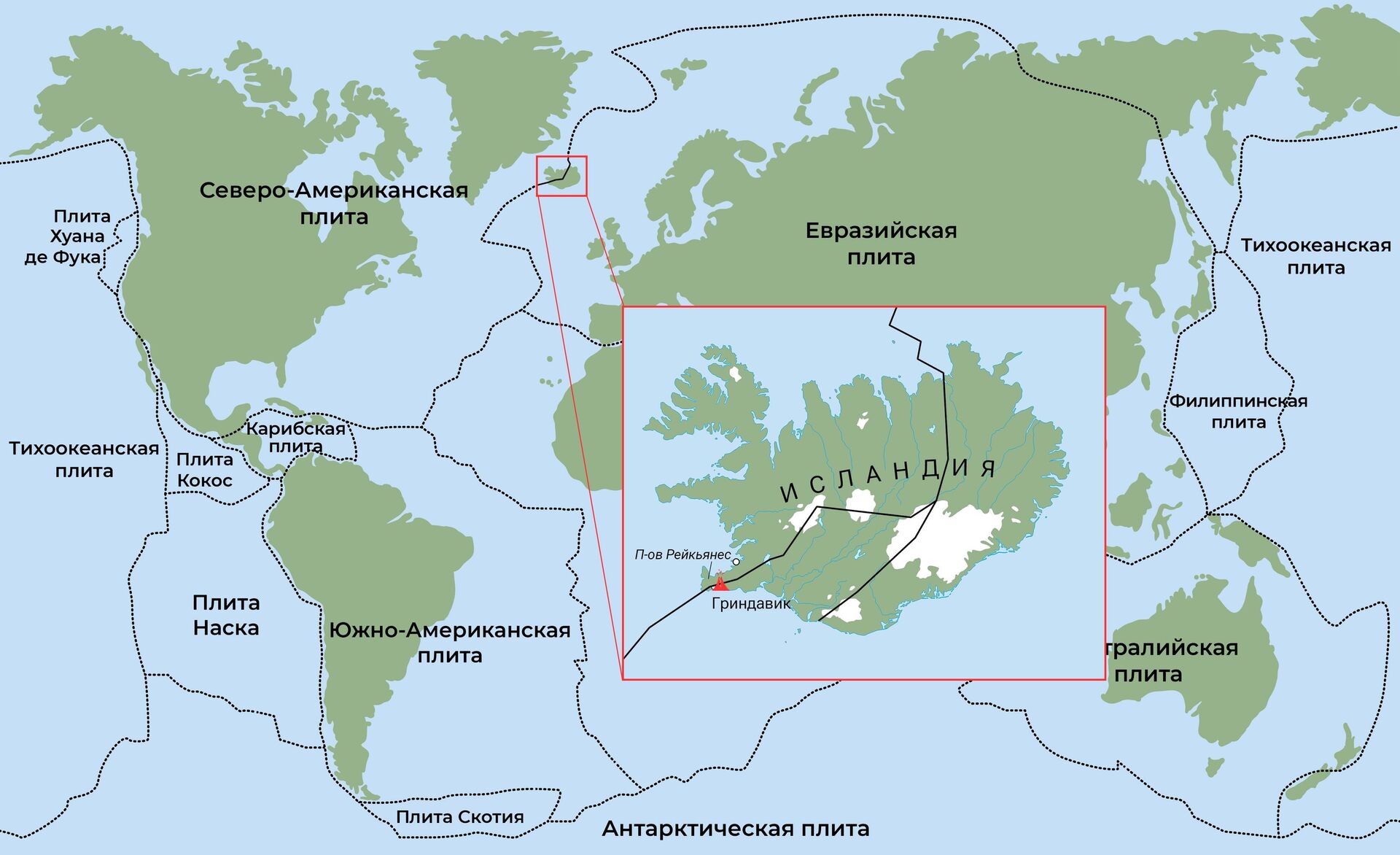
Volcanoes-cracks
The Reykjanes volcanoes are not like the usual cone-shaped ones. These are fissure-type volcanoes. Lava does not pour out from the central vent, but along cracks that open each time in a new place. Therefore, they are not talking about the eruption of a specific volcano, but about the activation of one or another fissure system.
There are three such systems on the peninsula: Svartsaingi — in the northwest, Fagradalsfjall — in the center and Krysuvik — in the south -east. The division is very conditional. Thus, during the previous eruption in December, some media reported the activation of the Svartsaingi system, while others reported the activation of the Fagradalsfjall system.
This episode is the fifth in three years. The previous ones were in March 2021, August 2022, July and December 2023. And before this, there had been no eruptions for 815 years. In general, volcanic activity in the region, according to geologists, began about one hundred thousand years ago, during the last ice age. The first eruptions occurred under the thickness of glaciers.
The ice sheet still covers part of Iceland today, and volcanoes literally have to make their way through. Subglacial eruptions are usually accompanied by powerful explosions, as well as emissions of gases and ash material. In April 2010, due to the subglacial volcano Eyjafjallajökull, air traffic over all of Northern Europe was closed for five days.
There are no glaciers on the Reykjanes Peninsula, and the eruptions here are calmer. In a fractured magmatic system, energy is distributed along the entire fault. In addition, basalt lava is very liquid. Coming to the surface, it spreads to the sides without clogging the magma channels.
The difficulty is that lava can erupt in unexpected places. Moreover, the situation, as a rule, changes very quickly. For example, in March 2021, one small crack and a temporary vent above it formed. Then a second center appeared. By April, six vent systems were already operating along the main fissure of the volcano, and in the most active phase there were eight.
And here we go again
This time, as before, the eruption was preceded by increased seismic activity. On Saturday, January 13, the Icelandic Meteorological Service recorded many small earthquakes on the Reykjanes Peninsula. We decided to evacuate people from the fishing village of Grindavik.
During the previous eruption in December, all residents — 3,800 people — were also taken out. In addition, the popular Blue Lagoon resort was closed.
Reykjavik is 40 kilometers from there. Authorities said that the capital of Iceland is not in danger.
At eight in the morning on Sunday, 450 meters from Grindavik, the first crack opened. A protective dam of earth and stone, built in advance, pushed back the first portion of lava. However, by midday a second crack appeared on the outskirts of the village. By evening it had lengthened by more than a hundred meters and reached houses. A red-hot cloud of orange smoke rose. The only road was cut off by a lava flow.
The Icelandic Civil Protection Agency subsequently raised the danger level in the area to the highest level — emergency. That is, what is happening poses a direct threat to people, infrastructure and the environment.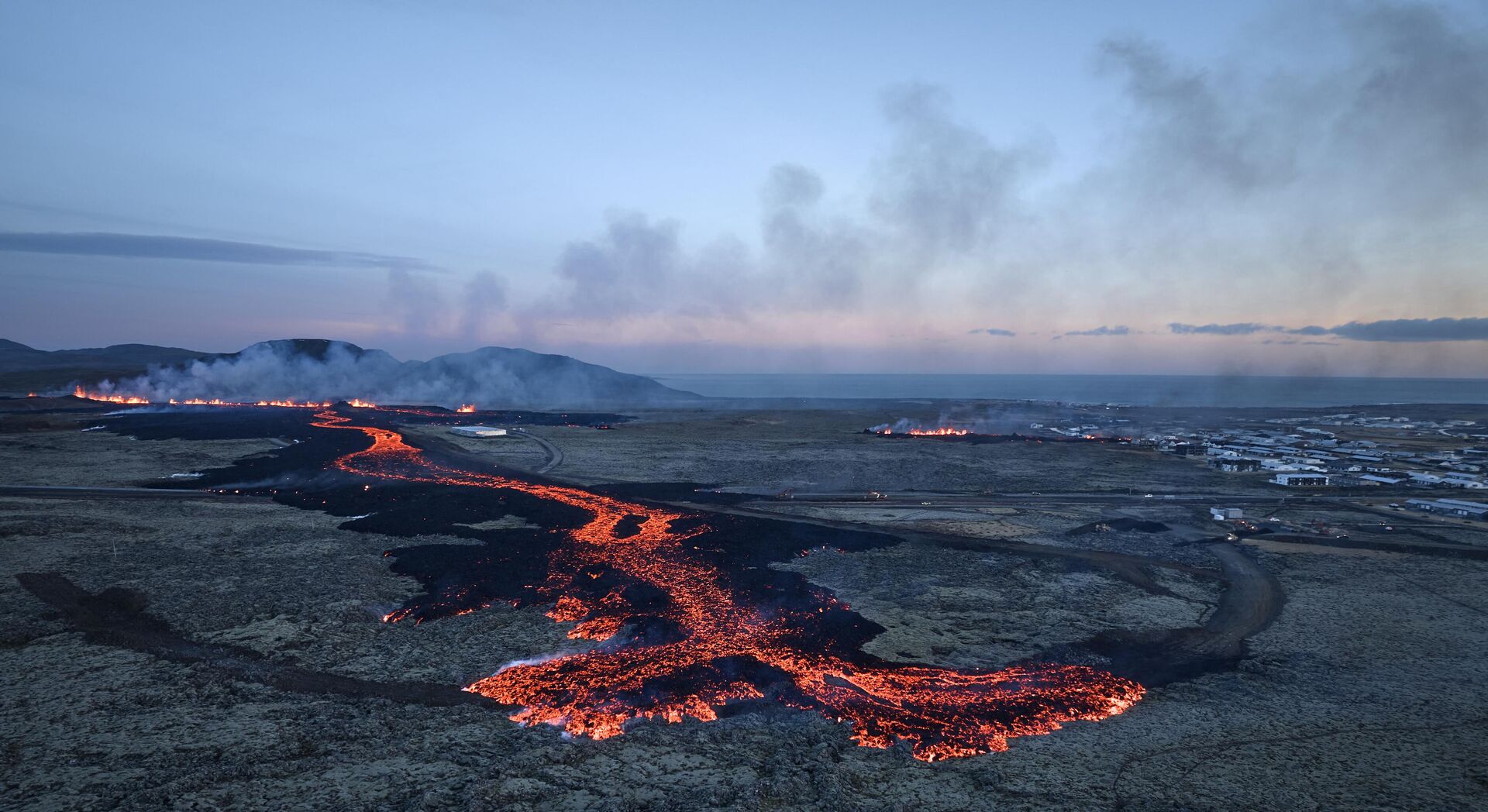
Now, according to reports from the scene, lava flows are slowing down. However, geophysical data indicate an increase in magma pressure at depth. This means a new eruption is possible. Some scientists believe that volcanic activity in this region will last for years.

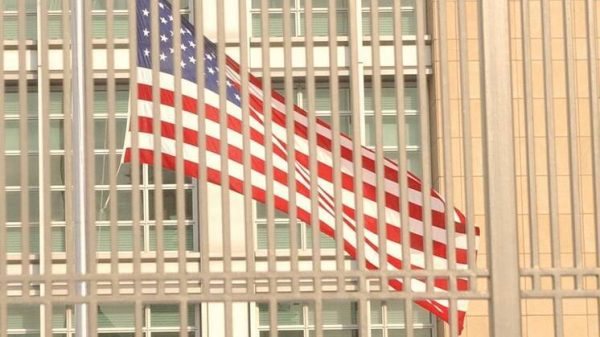
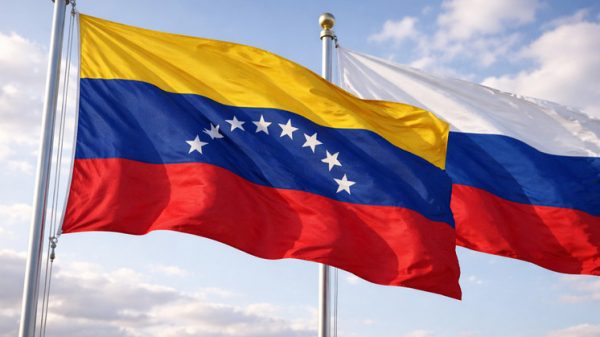
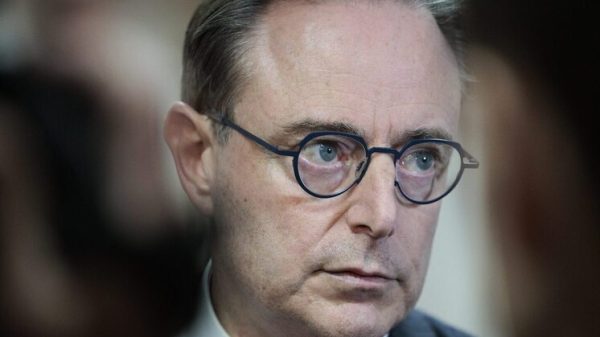
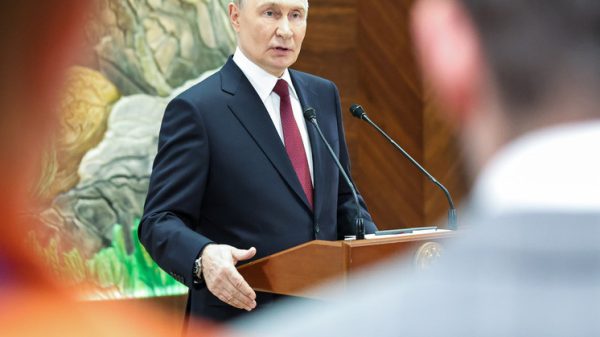
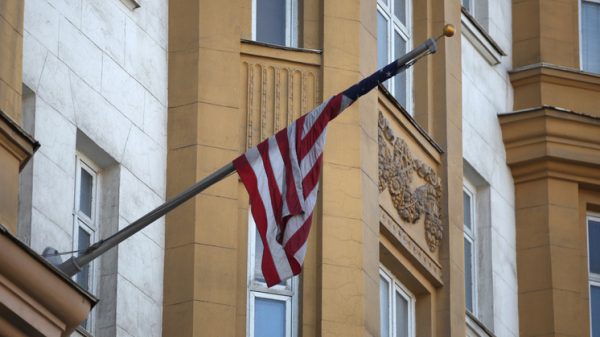

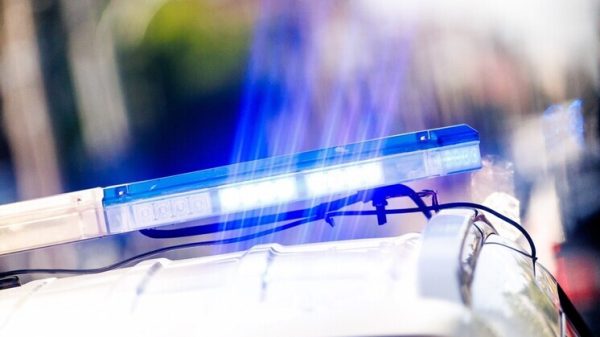


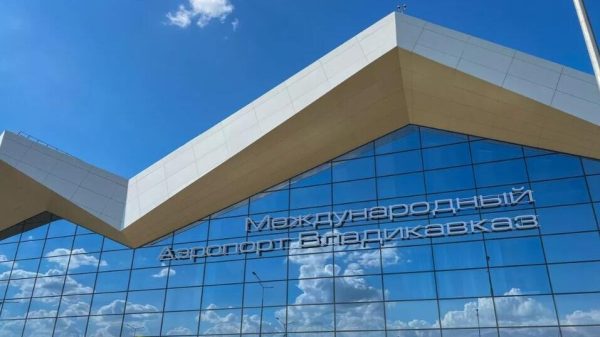
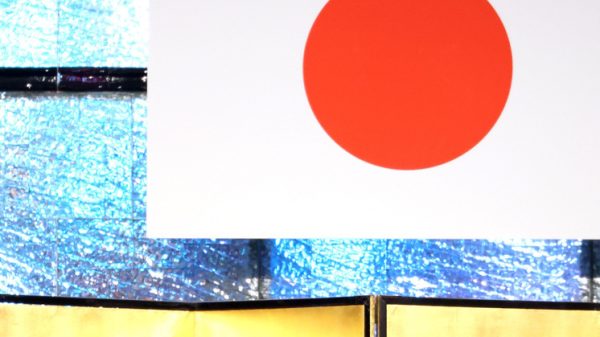
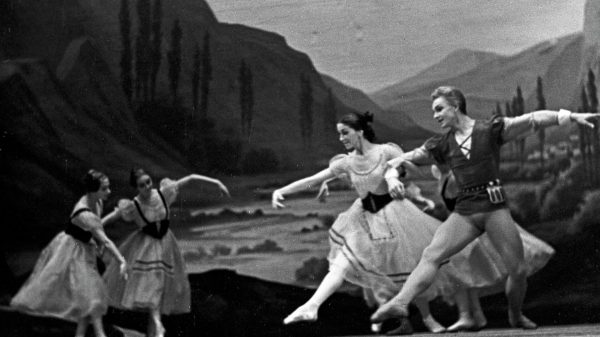

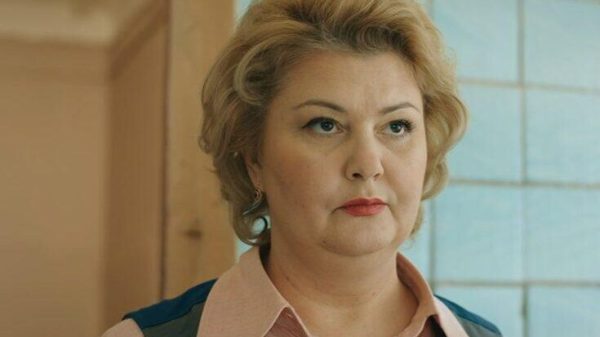
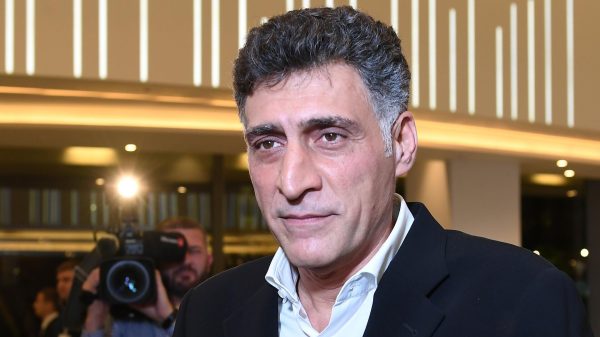
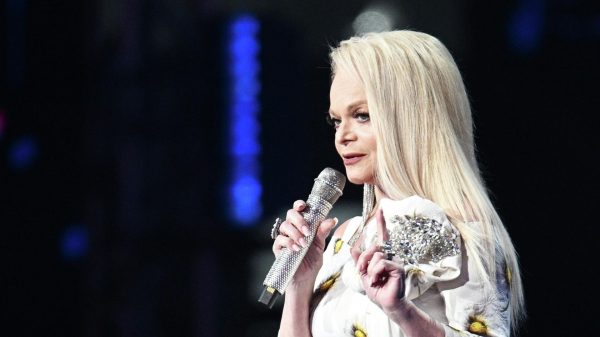
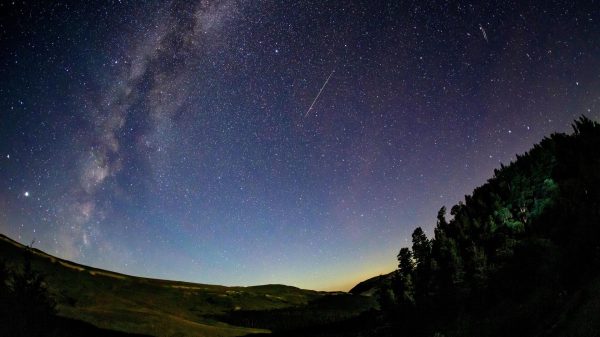
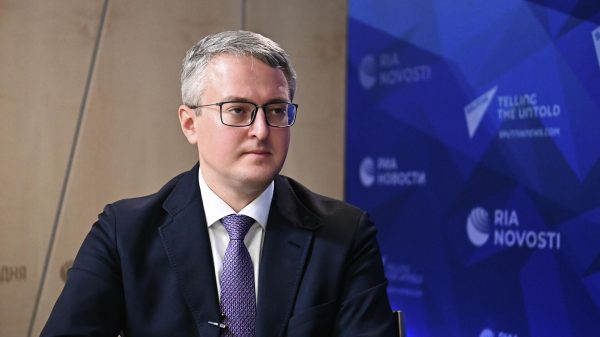
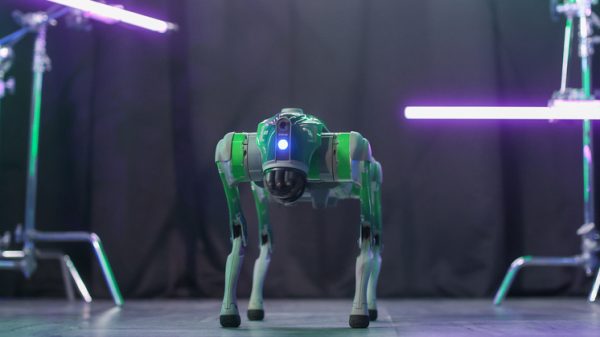
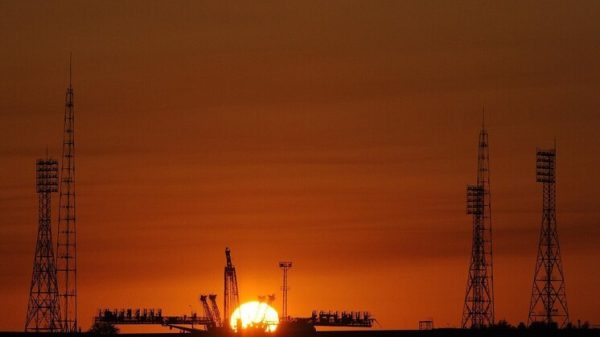










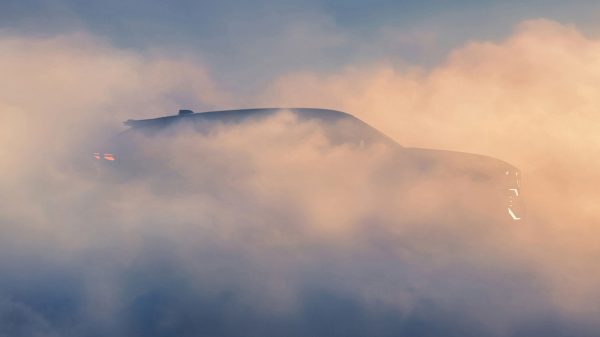



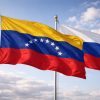


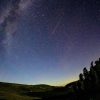






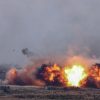





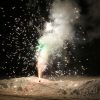




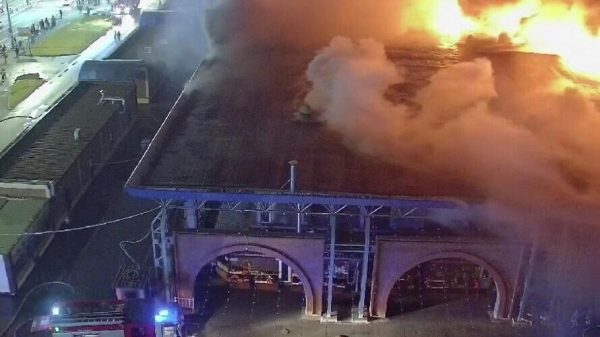

Свежие комментарии